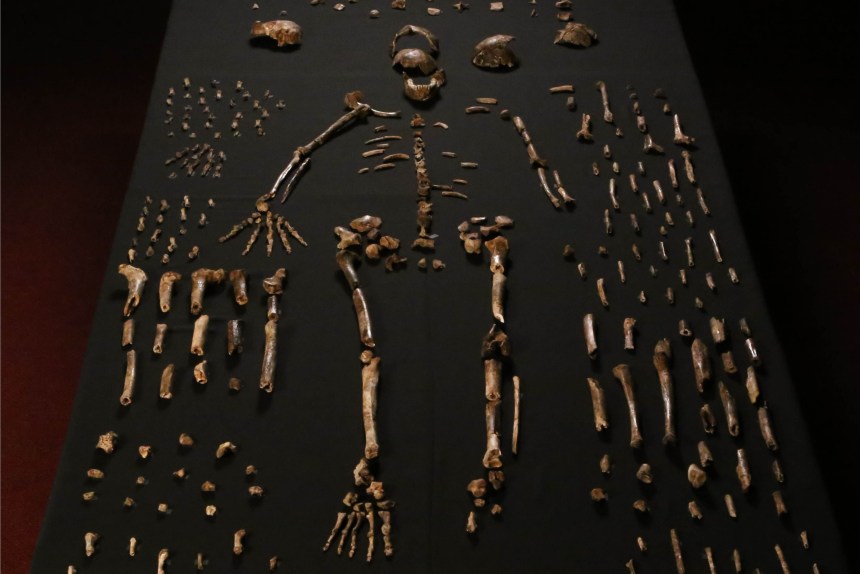Dallol, Danakil Depression, Ethiopia

Dallol is a volcanic explosion crater, or maar, in the Danakil Depression in northeast Ethiopia. It is located approximately 50 meters below sea level and has been formed by the intrusion of magma underneath Miocene evaporite deposits in the Afar Triangle of the East African Rift system, followed by several eruptions. Subsequent hydrothermal activity has led to the formation of hot springs and brines in a landscape with striking red, yellow and green colors related to the presence of iron oxide, sulfur and microbes. Dallol is known as one of the hottest places on Earth, with average temperatures of 35 degrees Celsius throughout the year.
Information source: Smithsonian Institution National Museum of National History Global Volcanism Program
Image: Salt and sulfur deposits near the hot springs of Dallol in the Danakil Depression, Ethiopia. Credit: Ji-Elle, Wikimedia Commons.





